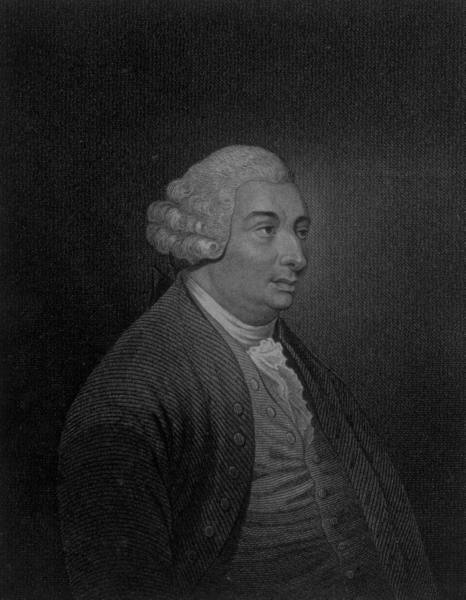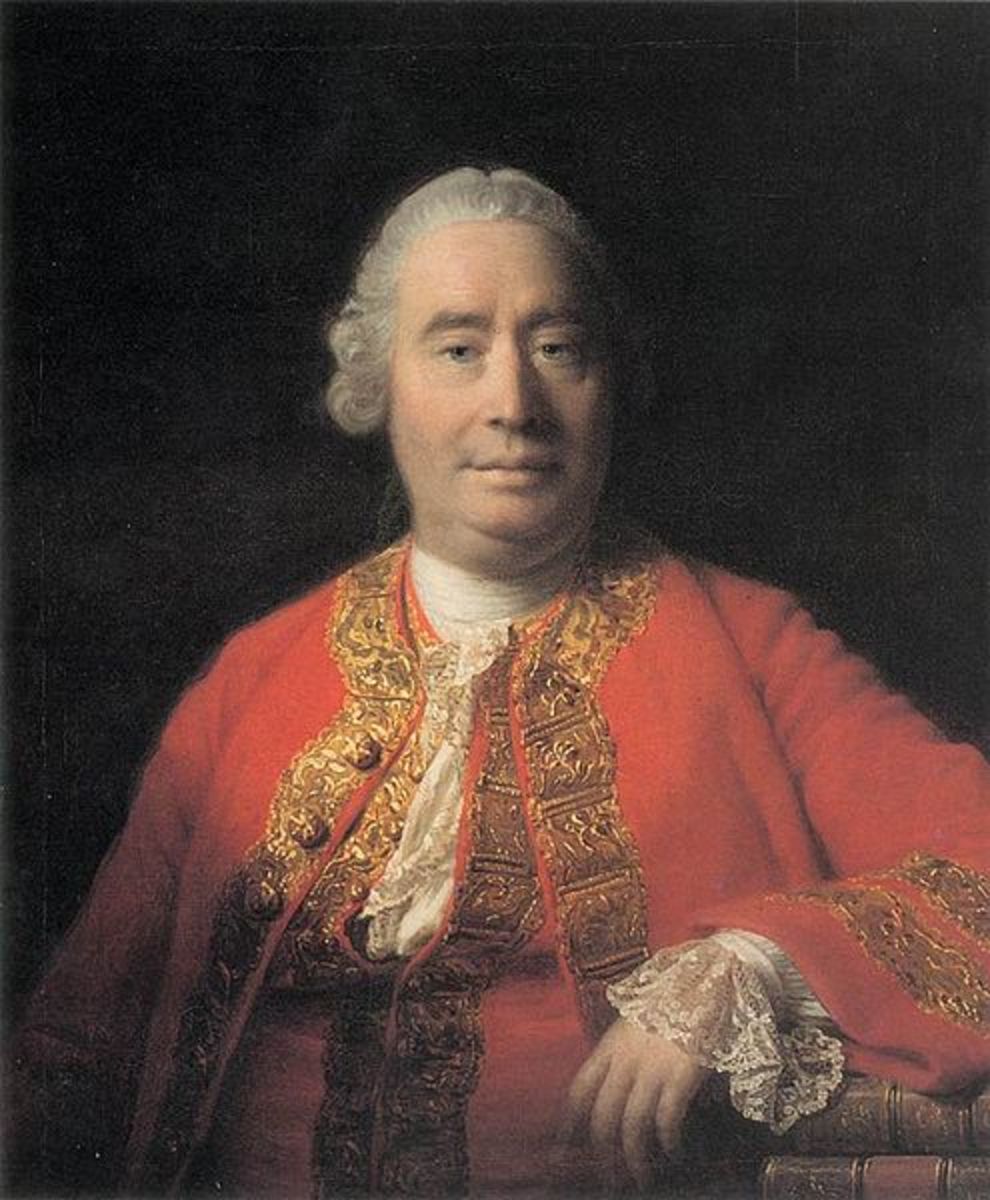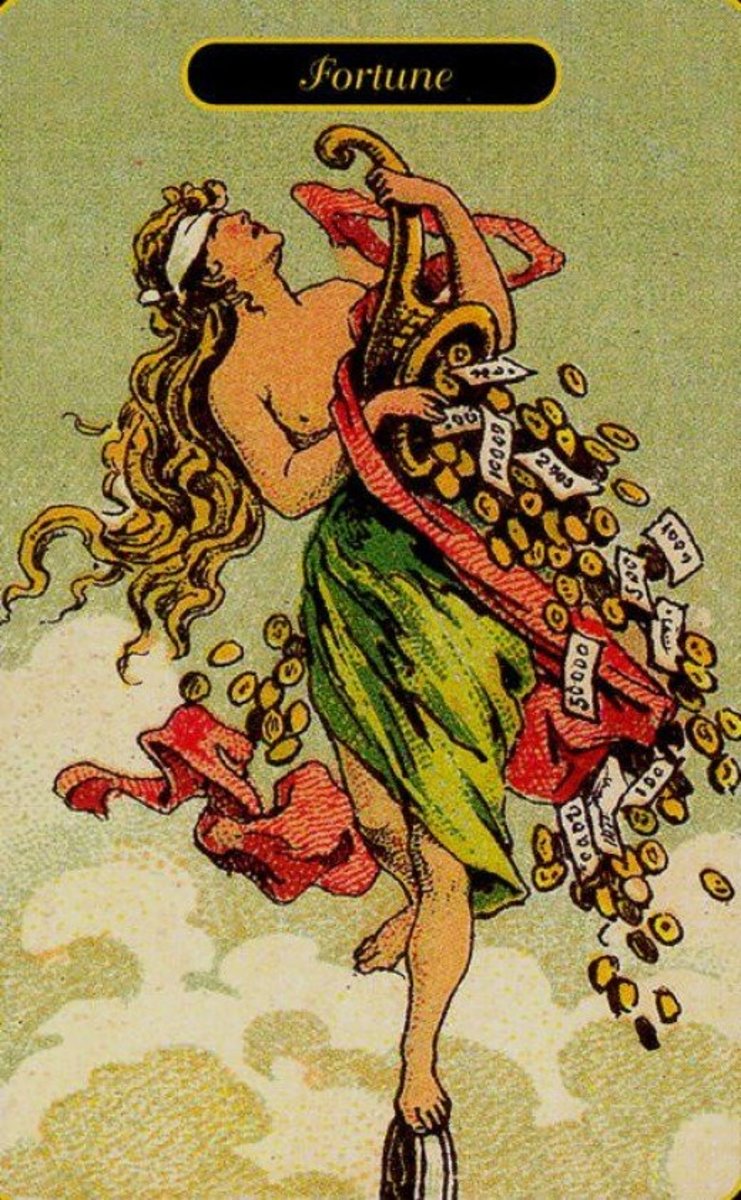An Experience Of Ideas - David Hume
This is a paper based on the written work of Scottish philosopher David Hume, A Treatise on Human Nature. It explores the nature of ideas and experiences, and how it all relates to certainty.

Of Ideas
Certainty in life is a vague concept.
What we conceptualize as real or certain is merely based on previous events that are imprinted in our memory. Certainty is not limited to ourselves but can expand other educational subjects. In science, this is usually done in the form of experiments and from these experiments arise theories which do not claim to be an absolute truth, but merely indicate the relative certainty of the phenomena.
In mathematics, the certainty is based upon reference points that we have dictated based on simplistic notions like counting to more complex ones like integral calculus, which while difficult is only attainable through the building of simple tasks. Expanding that on a broader circumstance of our lives indicates that whatever we think is certain is only based on experiences.
David Hume illustrates this idea of the importance of experiences dictating our certainties in his written segment “Of Ideas”. The Scottish philosopher categorizes impressions, which are essentially our experiences based on sensations, and ideas, which are the memories of these sensations and what we have come to associate with them.
His logic comes from the certainty that all impressions have a corresponding idea and vice versa. He also states that you cannot learn something unless you experience it; as his example, when teaching a child the idea of bitter and sweet foods, you give the child a bitter food and a sweet food, and from that experience the child will distinguish the two and gain an idea of it. Hume’s thought also relates to the other philosophical notion that you cannot be taught wisdom, you can only experience it.
This can be further related to the philosophic thought of Descartes who pronounces that the only reality that you can be certain of is that you yourself exist. Because of your existence, you can extend the existence of experiences based on your senses as being certain, and therefore the certainty in your senses is established.
Whether or not these are a reality is a different question, but the fact that you have experienced warmth or hunger indicates that it occurred and was indeed a certainty. This also reassures that, since your ideas are based on your sense impressions, that these impressions are also certain.
Of course, these impressions can vary based on the capabilities of the senses, but so can the ideas; the hue of purple to one person may be a different shade of blue to another. In other words, purple can be an entirely different colour to one person or simply a different shade of another colour.
You can further expand this that, since white contains all colours, that the colours of red, blue and green are simply different shades of white. Despite the same impression, the idea may be different, based on further impressions.
This also connects the notion of reference points; in mathematics, it is usually acceptable that 2 * 2 = 4. However, having a different reference point, say that the 2 is in reality a 3, then it could be that 2 * 2 = 6. The reference points of purple and other colours attribute to our ideas of them, as per a standard of social norm.
In conclusion, anything that we say is fact, certain or real is simply based on the reference points of your perspectives. Experiences are what give you those reference points, but imagining that there are an infinite number of experiences possible, that also gives you an infinite number of reference points and no certainty can be found from that.
Therefore, the infamous statement: the only certainty is that nothing is certain.
References:
Hume, David. "Treatise on Human Nature: Intro, Book I, Part I, Sections I-III" from A Treatise on Human Nature. Classics of Western Philosophy. 1:178-189.









